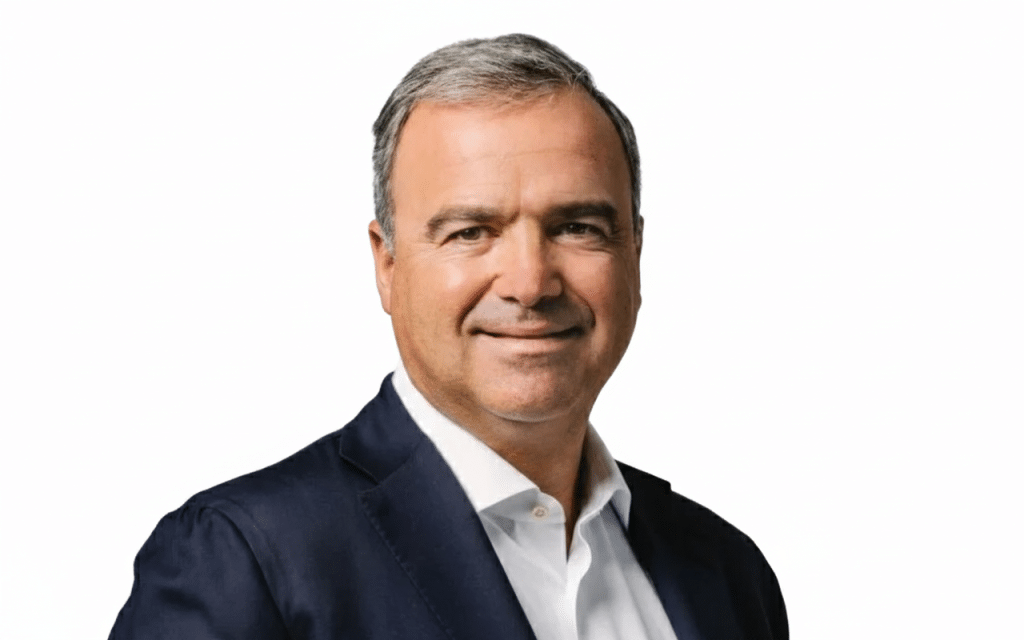The private equity industry stands at a crossroads. For decades, buyout managers generated returns by capitalizing on favorable financing conditions: cheap debt, advantageous tax structures, and rising valuations for quality assets. That formula delivered consistent results through 40 years of declining interest rates and abundant capital. But those days have ended. Higher borrowing costs and tighter credit markets have fundamentally altered the equation, forcing firms to reimagine how they create value in portfolio companies.
This transformation arrived with stark clarity in recent years. Average buyout entry multiples declined from 11.9 to 11.0 times EBITDA through the first nine months of 2023, while interest expenses surged. Leveraged loans in healthcare and software industries saw interest coverage ratios fall below 2x, approaching dangerous covenant triggers. The message became impossible to ignore: financial engineering alone would no longer suffice. Operators would need to rely on sustained operational transformation to deliver returns investors expect.
The Operational Imperative
Jean-Pierre Conte spent decades building his approach to value creation long before the current market shift made operational excellence mandatory. As managing partner at a San Francisco-based private equity firm and founder of his family office Lupine Crest Capital, he understands that lasting returns require more than clever financial structures. His philosophy centers on partnering closely with management teams, deploying sector-focused expertise, and driving meaningful operational improvements that compound over time.
The numbers tell a compelling story about this transition. Bain Capital recently reported that roughly 80% of value creation over the past decade came from operating improvements rather than financial engineering. Revenue growth contributed 53% of total value creation in technology investments since 2010, while multiple expansion accounted for 43% and margin improvement just 4%. Those ratios must shift dramatically as multiples compress and financing costs remain elevated.
The shift toward operational value creation demands new capabilities and approaches that many firms spent years developing. Successful managers now conduct rigorous operational diligence alongside traditional deal analysis, assessing both top-line potential and operational efficiency with equal scrutiny. This integrated methodology identifies specific levers for improvement before deals close, allowing teams to move quickly once ownership transfers.
Portfolio companies held beyond traditional exit timelines face particular pressure to demonstrate sustained operational momentum. Average holding periods stretched to 6.7 years in 2024, the longest since 2005. Extended ownership windows create both challenges and opportunities. Firms must refresh value-creation plans to convince potential buyers that meaningful growth chapters remain ahead. This requires tangible evidence of EBITDA expansion through operational improvements, not aspirational projections.
Revenue Growth Through Operational Discipline
Jean-Pierre Conte’s sector-focused investment approach exemplifies this operational methodology. Concentrating expertise in healthcare, software, financial services, and industrial technology allows deep knowledge accumulation within specific industries. This specialization enables faster identification of improvement opportunities and more credible partnerships with management teams who recognize genuine domain understanding. The approach proves particularly valuable when executing complex transformations or consolidation strategies requiring nuanced sector insight.
Traditional private equity value creation relied heavily on market expansion and favorable exit multiples. Current conditions demand different approaches. Firms pursuing new revenue sources concentrate on displacing competitors rather than opening entirely new markets—fighting for existing market share through superior execution and customer acquisition capabilities. This competitive displacement requires significant investment in go-to-market capabilities and precise market segmentation that fast-growing companies often neglected during periods of easy expansion.
Artificial intelligence emerges as another operational lever for both revenue enhancement and margin improvement. Forward-thinking firms integrate AI into portfolio operations at scale, developing capabilities that span deal sourcing, portfolio monitoring, and operational benchmarking. Enhanced demand forecasting can boost revenue 2% to 4%, while improved product targeting for priority customers lifts gross margins 50 to 250 basis points. These incremental improvements compound significantly across entire portfolios when executed systematically.
Building Infrastructure for Sustained Performance
The transition from financial engineering to operational excellence requires fundamental changes in how firms structure their organizations and deploy resources. Leading private equity platforms now maintain dedicated portfolio groups comprising operational specialists who work alongside investment teams throughout the ownership period. These experts bring functional capabilities in digital transformation, supply chain optimization, and talent development—competencies that prove essential when executing complex operational improvements.
Jean-Pierre Conte’s emphasis on management team quality reflects understanding that operational transformation succeeds or fails based on human capital. The best plans remain theoretical exercises without leaders capable of executing them under pressure. This principle becomes particularly critical in carve-out transactions, where managers accustomed to corporate environments must rapidly adapt to the heightened accountability and pace that private equity ownership demands. Identifying which roles drive value creation and installing executives with appropriate experience separates successful transformations from those that underdeliver despite sound underlying logic.
Cost management represents another essential operational discipline in the current environment. Even companies that recently implemented efficiency programs benefit from renewed scrutiny, particularly as generative AI enables productivity measures that seemed impossible quarters earlier. Operating leverage ensures that revenue growth translates to stronger margins rather than dissipating through organizational inefficiency. This focus on margin expansion marks a departure from the past decade, when top-line growth and multiple expansion drove nearly all returns in sectors like software.
The firms positioned for sustained success combine sharp analytical thinking with precise execution capabilities. They invest in technological infrastructure that provides granular visibility into operational performance across portfolio companies. Centralized data systems allow successful tactics deployed at one business to inform approaches at others, creating cross-portfolio learning effects that compound over time. This systematic approach to knowledge capture and application represents a meaningful competitive advantage as the industry matures.
Jean-Pierre Conte’s decades navigating multiple market cycles provided perspective on what endures through changing conditions. Sector expertise, operational discipline, and partnership with capable management teams remain constant regardless of interest rate environments or exit market dynamics. Financial engineering created value when conditions favored leverage and multiple expansion. Operational transformation creates value by making businesses genuinely more productive, efficient, and competitive—improvements that withstand scrutiny from sophisticated buyers and generate returns independent of favorable macro tailwinds.
Read: JP Conte: Building Bridges Between Business and Philanthropy
